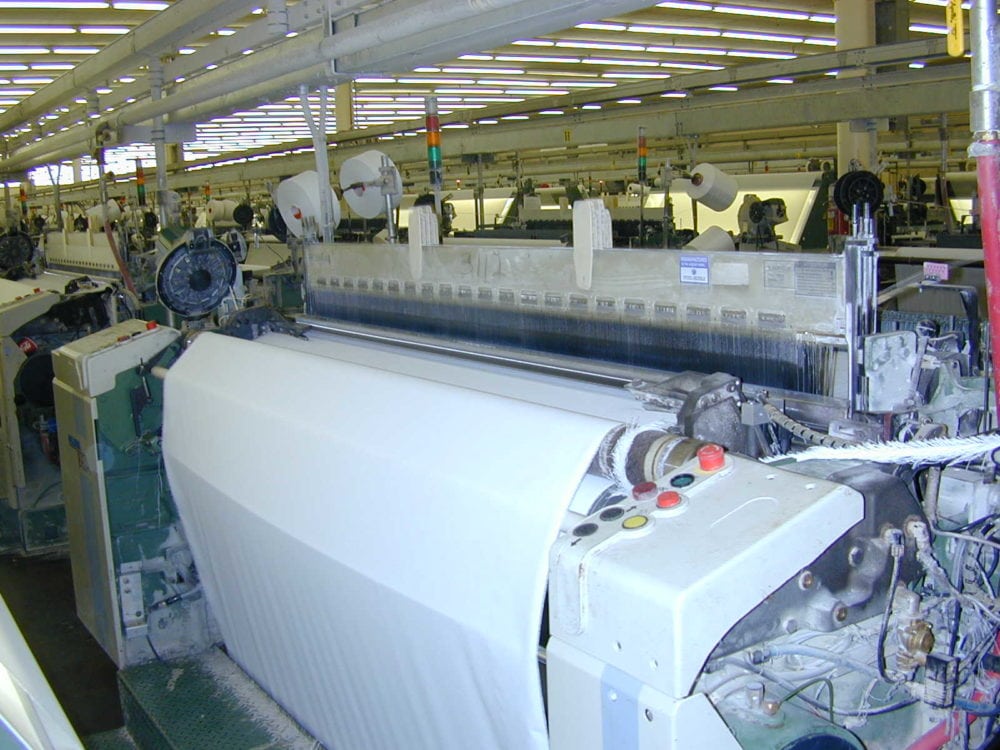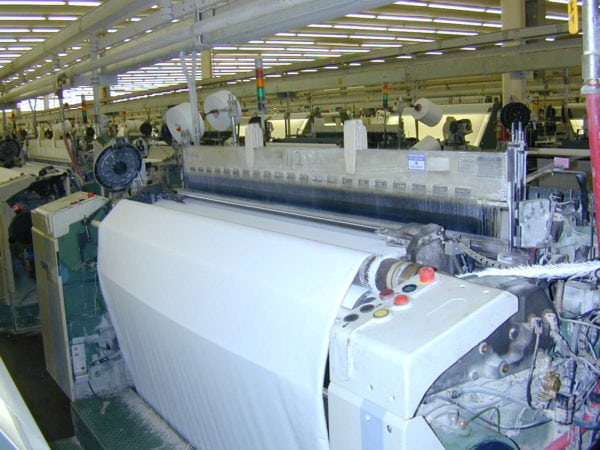No. 30 – Non-condensable Gas and Air Removal

Do you want this article in PDF format? Download it here:
Download a PDFAir and non-condensable gases are one of the major problems in a steam system that can cause production problems for a plant’s operation. Air in a steam system dramatically reduces the system’s performance. For example, the thermal conductivity of air is 0.000049, compared with 0.002 for water, 0.20 for iron, and 0.96 for copper. Not removing air and non-condensable gases from the steam system can reduce heat transfer efficiencies by 21 percent or more depending on the air concentration in the steam system. Since air is one of the greatest insulators, a major steam operation objective is eliminating air in a steam system.
Adding to this problem is that steam systems are typically not designed to eliminate the air at startup or during operation. During shutdown of the steam system or steam components, the system is depressurized: the steam condenses and reduces in volume by as much as 1,600 times. This reduction in volume produces a vacuum in the steam system or steam components. Air is drawn into the steam system through steam components, such as air vents, valve packing, flanges, and so forth, and the air drawn in fills the vacuum. When energizing a steam system or steam heat transfer components, one of the first goals should be to vent the air out of the steam system or components.
1. WHERE DO THE NONCONDENSABLE GASES AND AIR COME FROM?
Feedwater contains a certain small percentage of non-condensable gases in solution. When the boiler water changes state (liquid to vapor), the non-condensable gas is released and is carried with the steam into the plant. Steam will release the latent energy to the process and condense down to condensate in the heat transfer area, but the non-condensable gases do not condense. These gases stay in the heat transfer component unless some method or action removes them.
During the steam system operation, the percentage of steam in the system will be close to 100 percent steam vapor with a small percentage of non-condensable gases.
When steam is shut down to the heat transfer unit or steam supply line for maintenance or process changes, the steam will condense and decrease in volume, which will open the vacuum breakers on the steam heat transfer unit that allow air to flow into the system. On heat transfer units, it is extremely important to have functional vacuum breakers on the heat transfer units to enable the condensate to drain out of the unit by gravity. If vacuum breakers are not on the heat transfer unit, then the vacuum will hold the condensate in the unit and cause another set of issues. On a steam line that does not have vacuum breakers, the vacuum that will occur will draw air in from components on the system (such as valve packing, flanges, etc.) and fill the void in the line with air.
2. HOW DOES AIR AFFECT THE SYSTEM?
A. Air Reduces the Heat Transfer Efficiency
The release of latent energy (change of state) to condensate in the steam components takes place on the heat transfer surface, which is where heat is being transferred due to the temperature difference (steam to the process). The steam component transfer is consuming the latent energy, and the steam is condensing to a liquid (condensate); the condensate is drained away by gravity, but the noncondensable gas and air remain.
The noncondensable gases form a stagnant film on the walls of the heat transfer surface, which creates resistance. Heat energy transmitting through the heat transfer surface has to pass by conduction through these films of resistance. A film of air or noncondensable gas that is only one thousandth of an inch thick has the resistance of a three-inch wall of iron. See Figure 1.
Figure 1: Steam Processes
Figure 2: Resistance of Air Compared to Copper and Iron
Figure 3: Obstacles to Energy Transfer
The latent heat energy of steam must pass from the steam heat transfer area to the area where the process material is being heated. To do so, it must pass through several obstacles:
- A stagnant film of air/steam on the steam side
- Condensate film
- Buildup of rust or corrosion material
- Heat transfer metal wall
- Product side—burned product or scale
- Stagnant film of material on the process side of the wall
Figure 3. Obstacles to Energy Transfer
B. Air Reduces the Temperature of Steam
Dalton’s Law of Partial Pressures
Dalton’s law of partial pressures states that in a mixture of gases and/or vapors, the total pressure of the mixture is made up of the partial pressures exerted by each gas or vapor. The partial pressure exerted by each is the fraction of the total pressure equal to the fraction of the total volume of each.
The pressure reading is in absolute units. For example, the total pressure of a mixture of air and steam is 114.7 lbs. per sq. in. absolute (337.87°F). The mixture is made up of 75 percent steam and 25 percent air or noncondensable gases.
The partial pressure of steam is 114.7 x 0.75 or 86.02 lbs. per sq. in. absolute (psia) (317°F).
The partial pressure of the air is 114.7 x 0.25 = 28.56 lbs. per sq. in. absolute (psia).
The temperature of saturated steam at 114.7 lbs. per sq. in. absolute is 317°F vs. 337.87°F, if the steam line or steam component is filled with a mixture consisting of 75 percent steam and 25 percent air and noncondensable gases.
There are other steam system issues with the concentration of air and noncondensable gases. The buildup or volume of air and noncondensable gases in the heat transfer area is not constant. The thickness of a stagnant film of air can vary due to velocities, baffles, flow direction, metal finish, and other heat transfer internal designs. This factor provides even more problems with uneven heating of the products.
Plants increase steam pressures to overcome the issues with air and noncondensable gases. In turn, the higher cost of producing higher steam pressures increases the plant’s energy cost.
3. ELIMINATING THE NONCONDENSABLE GASES OR AIR FROM THE SYSTEM
A. Devices or Methods to Vent the Noncondensable Gas or Air
There are several methods to vent air from the system or heat transfer unit.
Manual Valve
Negative:
- Requires an employee to operate the device
Positives:
- Plant employee can ensure all air has been vented from the system
- Plant employee can also drain condensate from the system during startup
- Typically used on steam and pressurized condensate lines
Automatic Valve
Negatives:
- Requires an automatic valve with electric or compressed air connections
- More complex
- No method of ensuring all the air has been removed
Positive:
- Plant employee does not have to be at the location of each valve
Air Venting Device
One factor differentiates an air/steam mixture from 100 percent steam: temperature. Therefore, an automatic air vent can be provided with the use of a thermostatic device.
The air venting device is typically a thermostatic balance pressure bellows unit with a very low sub-cool. The device will be able to sense air or noncondensable gases due to the resulting temperature suppression.
The air venting device is used on the heat transfer units that have shutdowns and startups during the operational week.
Negative:
- Reliability can be a issue if the proper air venting device is not purchased
Positives:
- No plant personnel have to be at the location during startup
- Greatly improves the operation of the heat transfer system
4. Steam Trap
Steam traps are never considered to be the primary air venting mechanism due to the methods steam traps incorporate into their design to accomplish this task. Therefore, the steam trap is always considered a secondary air vent mechanism.
There are two methods to vent air in any steam trap: a leak path and a thermostatic mechanism.
a. Create a leak path
The steam trap design has a leak path incorporated into the operational design. The steam trap leak path is a very small path to ensure no significant steam loss occurs during operation. Due to the small leak path, the steam trap is not able to provide sufficient air venting capabilities.
b. Thermostatic mechanism
The other method is to use a thermostatic element inside of the steam trap that can offer a high capacity of venting air at startup due to the orifice size. In process applications, the preferred steam trap is a float and thermostatic steam trap, which incorporates a thermostatic air venting mechanism.
The plant may decide to use one or more of the above items to remove the air from the steam system during startup or operation.
4. INSTALLATION OF AIR VENTING AND DEVICES
4.1 Steam Lines
When the steam lines are activated or started up, one of the main tasks will be to remove the noncondensable gases. During the startup period, the drain valve off the steam line drip pocket is open for venting air from the steam line. Its other major function is to remove the condensate. In some cases, to ensure all air is removed from the system, a second manual air venting valve is installed on top of the steam line. See Figure 4.
Figure 4: Air Venting Device
Note: the strainer blowdown valve is also open at startup to allow the strainer to be blown down.
Figure 5: Steam Lines
4.2 Examples of a Process Equipment Placement of Air Vents and Vacuum Breakers
A key factor in the location of air vents on process equipment is to understand the design of the unit. For example, a shell and tube heat exchanger has a port typically on the top of the shell for the placement of a vacuum breaker and air vent. The process steam side needs to have the air purged to ensure proper startup and temperature control. See Figure 5.
Figure 6: Shell and Tube Heat Exchanger
Steam coils will have a vacuum breaker located at the entrance of the steam into the coils. The preferred method is to have a port on the top header for the devices. Steam coil manufacturers will incorporate the port on the top header for the devices. See Figure 6.
For process application steam traps, the preferred steam trap design is the float and thermostatic, which incorporates a thermostatic air vent mechanism. The steam trap thermostatic air vent mechanism becomes the secondary air venting device.
Figure 7: Steam Coils
ROAD MAP:
- Survey all process equipment and ensure units have air vents and vacuum breakers.
- Survey all steam lines’ drip legs and ensure proper blowdown valves are installed.
- Have Standard Operating Procedures (SOP) for the use of manual air vents on steam lines and process applications.

















